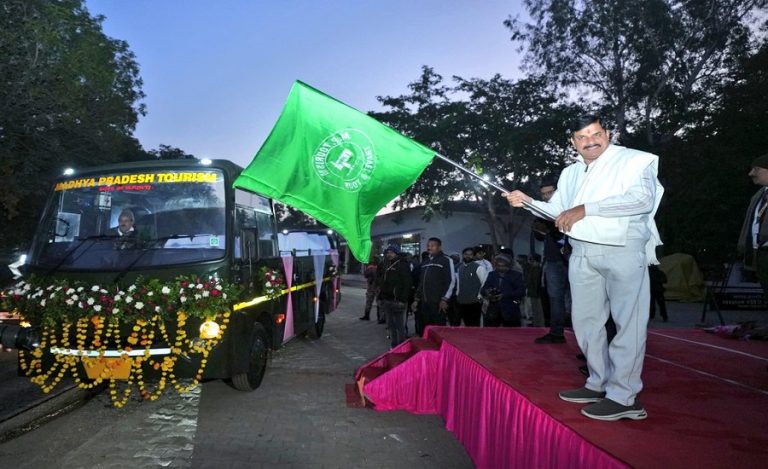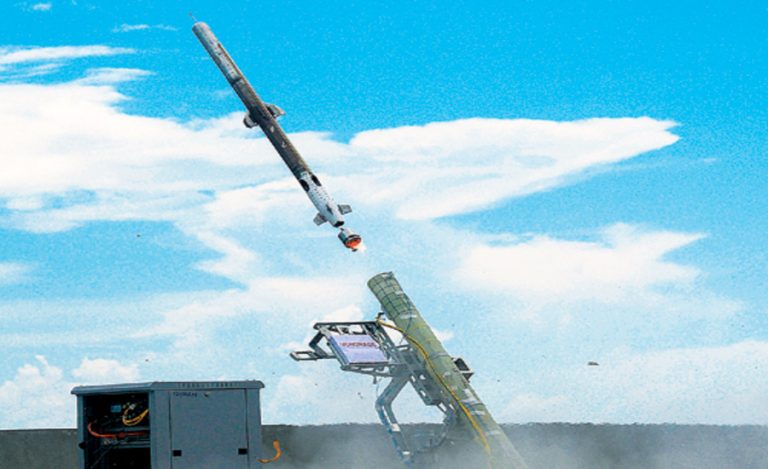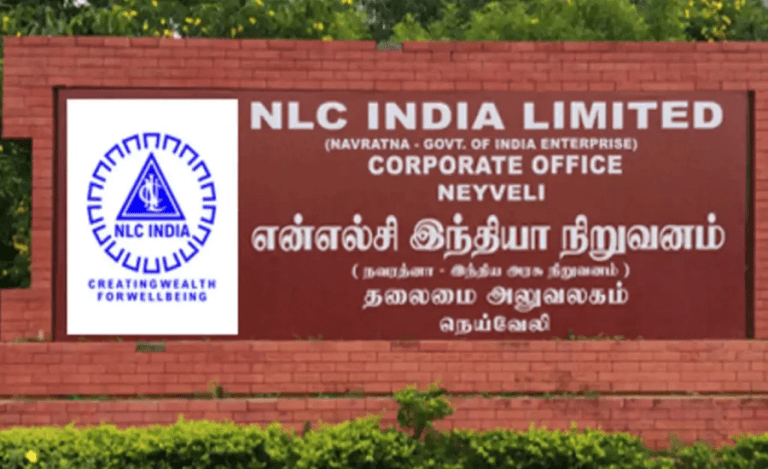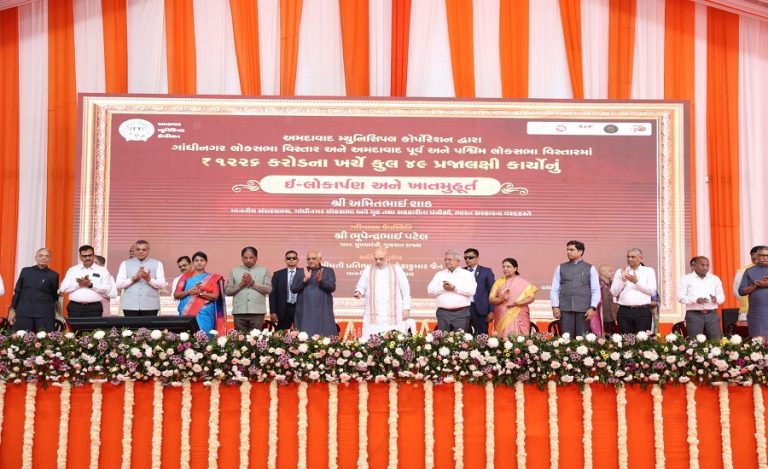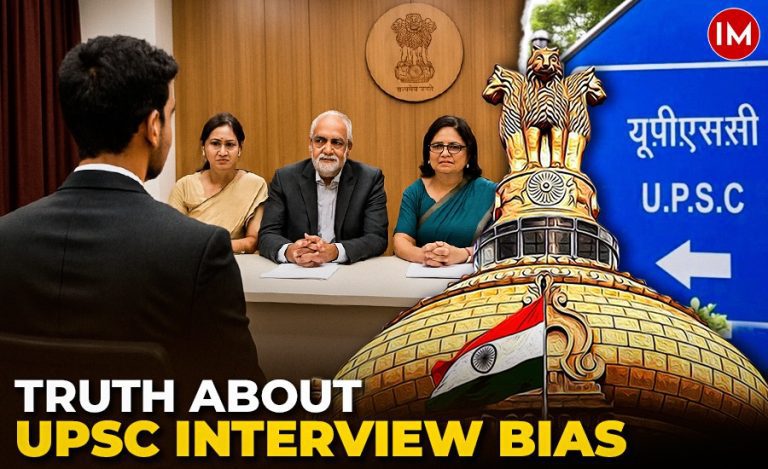In a significant move to expand the pool of eligible officers for central deputation, the Central government has revised its empanelment policy for Indian Administrative Service (IAS) officers. The new policy now permits officers who have served as under-secretaries for at least two years to be considered for empanelment as Joint Secretary (JS) at the Centre. This is a departure from the earlier rule that required a minimum of two years of service as a deputy secretary or director for eligibility.
The revised policy, issued through a Department of Personnel and Training (DoPT) office memorandum dated 7 May 2025, applies to IAS officers from the 2010 batch onwards. The change aims to increase the number of IAS officers willing to serve at the Centre, amid persistent shortages. As of 2023, only 442 IAS officers were working at the Centre against a sanctioned strength of 1,469.
The 2020 revision to the empanelment policy had first introduced the mandatory requirement of serving at the Centre in a junior role—either as director or deputy secretary—for officers from the 2007 batch and beyond to be eligible for empanelment as JS. Prior to that, officers could move directly from their state cadres to senior positions in the central government without such prior experience.
However, despite the 2020 changes, central deputation numbers remained low. The latest tweak, officials say, is an attempt to further open the doors for more officers to join the Centre early in their careers, particularly by incentivising roles traditionally considered less appealing, such as that of under-secretary.
Yet, serving officers remain divided on the policy’s effectiveness. One senior IAS officer remarked, “It has become a do-or-die situation for officers. Without junior postings at the Centre, they cannot aspire to top posts. But most officers don’t want to go to the Centre as directors or under-secretaries—especially when they’re holding powerful district-level roles like District Magistrate (DM) in their states.”
Another officer highlighted that many officers fulfilling the junior deputation requirement are doing so as private secretaries to ministers rather than in director-level functional roles. Moreover, the new allowance for under-secretary experience may not attract more officers, as most reach that level after seven to eight years—precisely when they are eligible to become DMs in their state. “It’s unlikely many would leave the DM post to serve as under-secretary,” the officer noted.
There is also criticism that officers are being penalised due to state government decisions. “Many want to go to the Centre but aren’t relieved by their states,” said an IAS officer posted in Kerala. “If they miss the director-level window, they lose their chance to become JS at the Centre. It’s unfair because it’s beyond their control.”
The 2020 policy aimed to increase Centre-state mobility but, officers argue, has done the opposite. Relaxations were given to the 2007 and 2008 batches after informal representations. But no such relief was extended to the 2009 batch, where only 16 of 119 officers made it to the initial JS empanelment list earlier this year. For comparison, 49 out of 89 officers in the 2005 batch, and 64 out of 111 in the 2008 batch made the initial list.
Another officer pointed out that the policy may be part of a broader push to reduce state dominance over IAS officers. “This is about shifting balance from state to Centre. The Centre has even tried to override state decisions on deputation in the past,” the officer said.
Indeed, in 2022, the Centre had proposed controversial amendments to the IAS (Cadre) Rules that would allow it to summon IAS officers on central deputation even without state approval. However, following widespread backlash from state governments, the proposed amendments were shelved.
With the latest policy changes, the government continues to seek ways to ensure a stronger central presence of IAS officers, though how effective the new tweaks will be remains to be seen.


